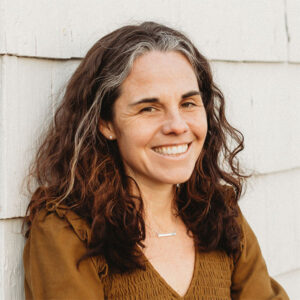When I was young, I wrote stories—about talking ducks and later about spies or star-crossed lovers or disaffected teenagers. In college, I mostly wrote papers about Spencer’s The Faerie Queen or U.S. intervention in Latin America, but in stolen moments, or when I had space in my schedule for a creative writing class I also wrote thinly-veiled fiction whose voice imitated the writers I loved best and long, narrative essays in which I imagined I was Joan Didion. Late at night, when I was lonely or ecstatic or scared, I wrote in my journal, shaking out my hand when it cramped, and spilling all that I could onto the page.
As a young high-school English teacher I wrote constantly: lesson plans and emails to parents and comments to students and always, always, reflectively in those journals. I also wrote for, the first time in my life, for publication. It was while I was teaching English, watching my students write journal entries and formal papers and self-reflections and notes in class and long, earnest letters and shockingly vulnerable poetry, that I came to see how all their ways and my ways of writing both came together and could exist apart from one another. Writing could be the thread that ran through everything that mattered most to us—relationships, work, secrets, fears, hopes—and in each of those ways writing was a way to understand more deeply what we were thinking.
Leslie Jamison, responding to the notion that memoirists are too concerned with the self, wrote “being interested in yourself deepens your capacity to be interested in others.” I write because writing about the world around me, whether that writing is private or public, academic or personal, formal or haphazardly entered into the notes app of an iPhone, deepens my capacity to be interested in others and in the world we all share. I write because writing, even if only for myself is an opening to conversation—a way to come together and to understand ourselves and others.


